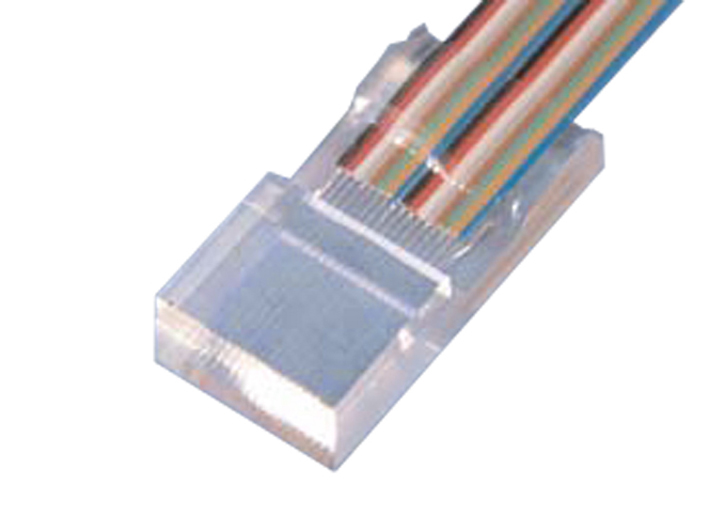Product information "SN Series Fiber Optic MEMS Switches"
Non-latching; 1x2, 2x2, 1x4; Fiber Type SM, PM; 488 to 1550 nm; Insertion Loss 0.7 to 1.5 dB; Crosstalk 60 dB; Switching Time 1 ms
Sercalo Microtechnology’s SN series are fast, non-latching fiber optic MEMS switches. Available in configurations from 1x2, 2x2 and 1x4, they are the best choice where low insertion loss (IL) and low polarization dependent loss (PDL) are most important.
SN switches are available for a wide variety of specialty single mode (SM) fibers covering design wavelengths such as 488, 515, 633, 680, 780, 830, 980, 1064, 1310 or 1550 nm and also polarization maintaining (PM) PANDA fibers.
The SN series are opto-mechanical switches for the most demanding applications in fiber optic sensor systems and instrumentation and feature a very fast response time below 1 ms and below 1.5 dB insertion loss.
The SN series’ miniature package withstands rugged environments and is well suited for direct mounting on printed circuit boards. The switches are qualified according to Telcordia GR 1221.
Key Features:
- Reliable
- Specialty Fibers
- Insertion Loss (IL): 0.7 to 1.5 dB
- Response Time: 1 ms
- Low Polarization Dependent Loss (PDL): 0.05 to 0.1 dB
- Crosstalk: 60 dB
- Miniature Size
- 1x2, 2x2, 1x4 Variants
Applications: Instrumentation; Source Selection








